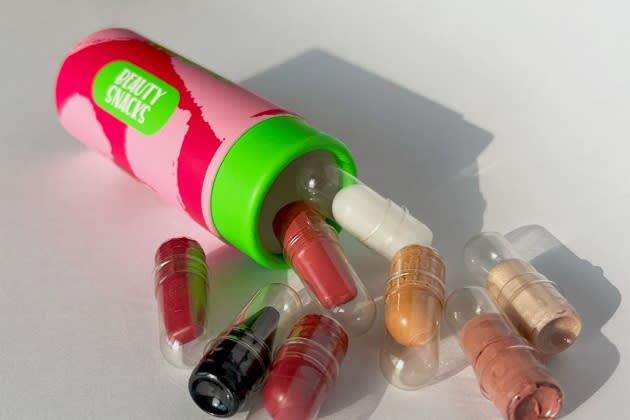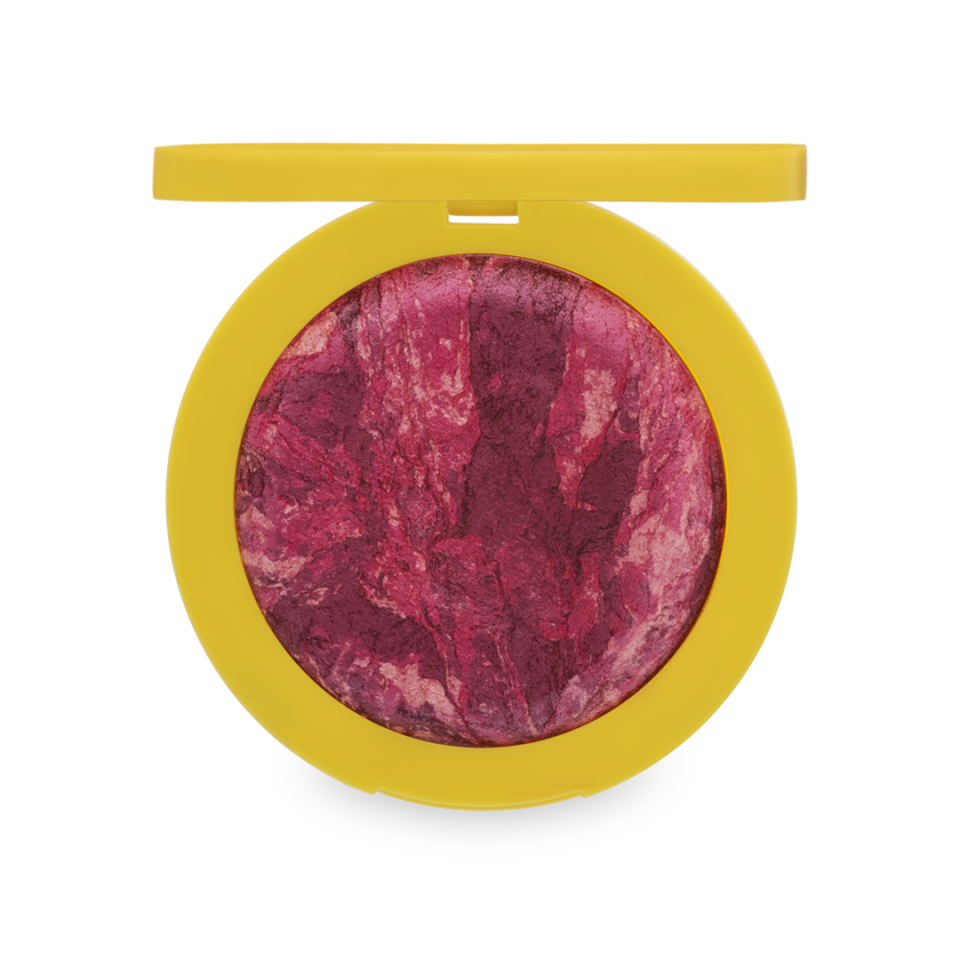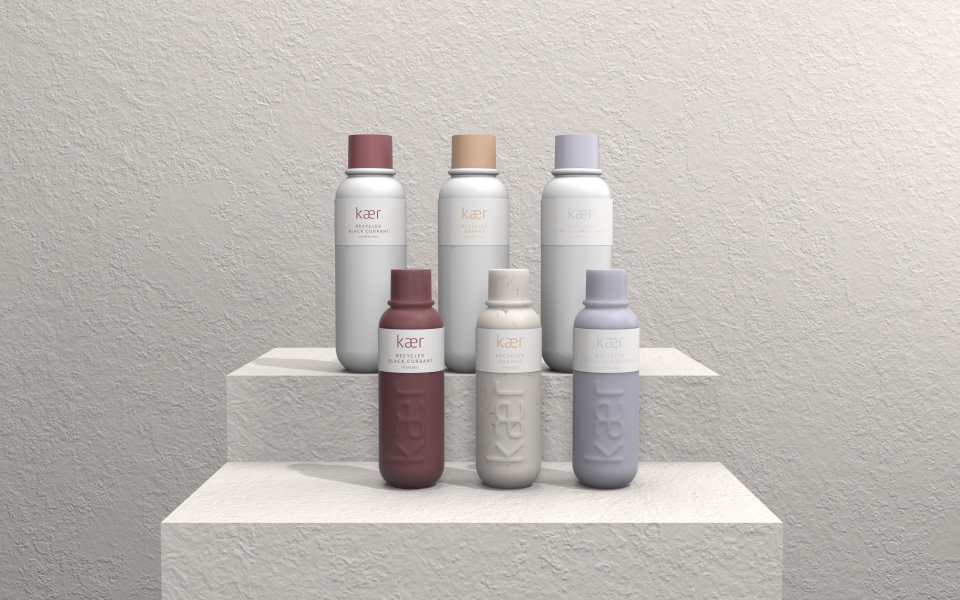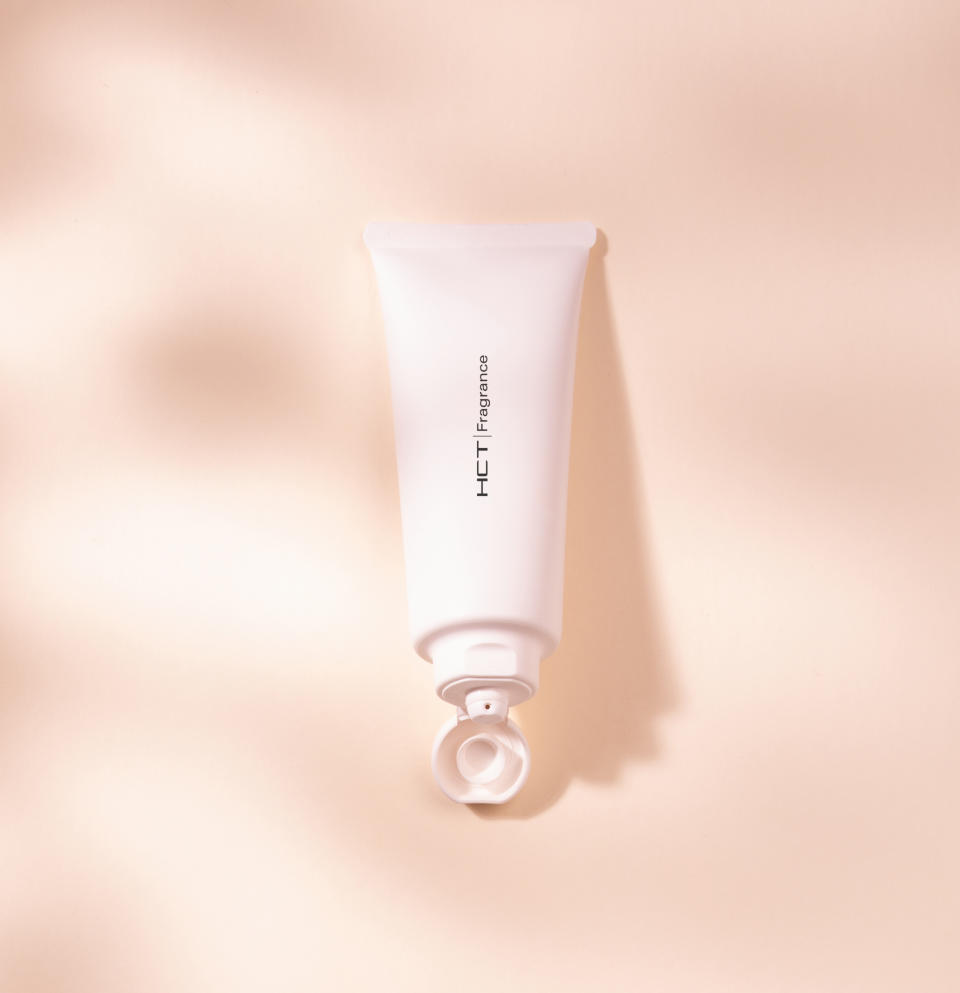Beauty Packaging Industry Swiftly Morphs

BOLOGNA, Italy — The cosmetics packaging supplier landscape is morphing faster than ever before, with new sustainable and high-tech solutions, as companies continue to consolidate and the industry confronts an ongoing panoply of socio-economic and geopolitical headwinds.
Those were among key takeaways from the recent edition of Cosmopack, the packaging branch of Cosmoprof Worldwide Bologna, the business-to-business beauty trade show that ran from March 16 to 20.
More from WWD
The recent session marked the second in-person event since the start of the coronavirus pandemic. It registered more than 250,000 attendees from 153 countries, versus 265,000-plus attendees pre-health crisis, in 2019.
In 2023, Cosmoprof had 2,984 exhibitors, up 11 percent versus 2022, from 64 countries.
The sprawling aisles of packaging manufacturers at Cosmopack were percolating with innovation that pushed sustainability to the max and offered increasingly personalized beauty solutions.
Some novelties were spotted at Cosmax, the contract manufacturer based in South Korea. It showcased two home-use compact beauty devices. One was Pyxoh, which temporarily dyes hair in colorful streaks via a user-friendly device and app, from which people can choose their desired shades and effect. The gizmo comes with a comb to use on hair and from which an ink made of cosmetics ingredients is injected.
Cosmax’s Color Jam device lets people create their own makeup palettes in a sustainable fashion based on their skin tone and preferences. The associated app allows for virtual try-ons in the various color cosmetics creations Color Jam makes. Once a selection is made, the device prints powder products in the chosen shades in tiny quantities, in pressed powder form.

Color Jam may also be used for nail art, as the little machine can inject graphics on nail-shaped adhesives.
Elsewhere, color cosmetics-makers were using high-tech for bold effects, novel finishes, and ultrafaceted and transformative textures to boost products’ visual appeal online.
Chromavis, for instance, presented new technologies such as Maya, giving multidimension and a sculptural feel to creamy textures; 3Deep, offering supercharged color, and Page One, originated from merging lipstick into a powder form.
“The result is not a powder, it’s not a poured [product], but a bridge between the two worlds. It’s really about mixing two media to create this new unique, ultrasensorial texture [enabling us] to charge it with active ingredients,” said Cecilia Schena, senior vice president of marketing and business development at Chromavis.

“It’s all about cross-fertilization of technologies, ideas, formulas to see where we can go,” she continued.
Makeup makers are becoming ever more cutting-edge.
“We are doing more and more experimentation with artificial intelligence in formulations,” said Renato Semerari, chief executive officer of Intercos, speaking from the company’s headquarters in Agrate Brianza, Italy, prior to the opening of Cosmoprof.
“We have developed an algorithm that will give us predictions on stability and compatibility of formulas, and this would allow us to speed up the development timing,” he continued. “But we want to go farther, really getting into formulation with AI.”
Key to this is data-gathering to build reliable algorithms.
“It will take years before we get there, because we need to build this database,” said Semerari. “Definitely, this is going to be part of the future.”
At Intercos, experimentation in AI started two years ago via Intercos Intelligence, an internal app that culls insights from the company’s more than 700 international clients and Google Analytics, providing end-consumers’ perspective and demands.
“I don’t think change is quick enough now,” said Dario Ferrari, founder and president of Intercos. “We have to go into transformation, which is much more radical.”
Back over at Cosmopack, in a bid to be as sustainable as possible, some packaging manufacturers, such as Italy’s iTiT Cosmetics, were highlighting their newfangled approaches. The company’s Beauty Snacks concept uses tiny biodegradable, biocompostable and edible transparent capsules made of polymers derived from glucose. Those can be filled with different types of makeup, such as lip balms, concealers, blushes, highlighters and kajals, made of waterless formulas.
“The idea is to give the customers only the bulk,” said Lisa Proserpio, packaging development manager at iTiT Cosmetics, explaining the nubs of product could be used as testers or travel-size products.
China’s Hangzhou Ebei Industrial introduced the Angled Essence Dropper Bottle that, thanks to its flacon that can sit at an angle, was created to allow people to use every last drop of liquid or creamy products to avoid waste.
Upcycling was a growing trend at Cosmopack. Cosmei, for instance, presented Earth Beat Denim Lipstick, coming in a tube made of acetate, 10 percent of which was created from fibers derived from recycled denim.
Bakic Design showcased a bottle, from the Kaer line, made of solid shampoo with upcycled ingredients like oranges or blackcurrant.

“Sustainability is a major subject,” said Dominic Bakic, the company’s CEO. “We wanted to use something that is consistently out of discarded materials.”
Bakic also conceived a concept that’s a lightweight bottle of recycled plastic with a design based on bionic structures, with 50 percent less material than a traditional bottle.
Riffing on the metaverse, the group developed cosmetic packaging with a 3D, hologram effect.
HCT remained focused on sustainability for its packaging solutions.
“We see in general that brands have been trying to do things faster with tools that exist already, instead of going custom and taking more risk,” said Denis Maurin, president of sales and innovation at HCT.
Therefore, the group continuously pushes for more innovation and tooling. HCT was showcasing its Flex Technology line, made of monomaterial PC packaging, bringing new gestures to the market.
One container without a pump had on top a silicon button to be pressed for dispensing liquid product. Another dispensed foam without a pump actuator.
“It’s also a fun gesture,” said Maurin, who presented, as well, a new spray dispenser for powder. “You can mix different technology and concepts together.”

In the makeup category, he noted many brands are seeking to reduce the number of shades contained in their palettes.
“What we’ve been trying to create is a system where people can refill easily and offer different variations in all the palettes,” he said.
So HCT focused on the pans themselves, creating them in the same shapes and dimensions in materials such as aluminum, PET, wood, paper and concrete.
“The idea is to mix and match,” said Maurin, whose design team also dug into HCT archives to find inspiration from palettes with pans removable and buildable in a snap.
While innovating on product, packaging companies keep consolidating through mergers and acquisitions, and growing their supply chains by buying up other groups.
The industry has been buffeted by sky-high raw material and shipping costs and delays, some of which are easing.
“There’s a lot of consolidation going on in the market,” said Bakic. He believes the reasons to be fourfold.
For one, some companies have struggled financially during the pandemic. “So there are opportunities to buy,” he said.
Second, a lot of financial capital is necessary to build up a new plant and keep it running, therefore sometimes investors are necessary for backing.
“The third one — we see a big swath coming back from Asia to local supply chains. In order to ramp up manufacturing, it’s really expensive,” said Bakic.
Further, suppliers keep trying to give added service to their customers, such as filling, and are making acquisitions to help with the process.
“We’re trying to build up our core competency,” said Bakic. “We are not going broader, we are going a little bit deeper and focusing a little bit more.”
The group has invested in technology, but is not looking beyond organic growth for now.
“We’ve been able to invest energy and money in a big, global program in terms of building new factories,” said Ferrari of Intercos, which posted net sales of 835.6 million euros in 2022, up 24 percent over 2021.
The group last year expanded its fragrance production facility in Italy’s Olgiate Comasco region, which produces hair, body and skin care products, to span 538,200 square feet. Intercos also began expanding its plant in Poland and seeks to stretch its industrial footprint elsewhere around the globe in the next three to four years.
“I’d prefer [to] spend money on building plants than really buy a competitor,” said Ferrari.
Cosmax has a similar philosophy. With a global footprint from factories in South Korea, China, the U.S., Indonesia and Thailand, the company grows by starting new sites from scratch, according to B.J. Lee, CEO of Cosmax U.S.A., who sees Europe and Brazil as target territories.
ITiT Cosmetics next year will relocate to a facility that’s four times bigger than its current one near Como. The move is being made to scale up but also to become more sustainable with an eco-friendlier facility.
Meanwhile, Italy’s Gotha Cosmetics is taking a different approach, opting to bolster its industrial process by integrating other companies. Earlier this month, the makeup manufacturer acquired Beauty Rain Srl, which specializes in assembling and packaging cosmetics for third parties. It’s based in Chieve, Italy, about an hour’s drive from Milan and from Lallio, where Gotha is based.
That deal followed two other operations finalized last year, including the takeover of the Mia Cosmetic Factory Srl filling company and acquisition of a majority stake in iColor Group, a China-based cosmetics formulation and filling company.
“So now we have the bulk production, the filling part and the assembling part. The aim was to have the full supply chain under [our] control and be able to offer our clients this kind of service, which is very important [considering] all the [issues around] logistics and raw materials,” said Gotha Cosmetics’ marketing director Luca Lussana, who joined the company six months ago.
“We’ve been expanding our supply chain a lot,” said HCT’s Maurin. “We now have a lot of partners in Europe and in the U.S.”
The group realized, for instance, that hair care packaging needs to be created near to where the filler is located, since it is not sustainable to transport large bottles for products from Asia.
“You still want the innovation from China,” said Maurin. “But sometimes it’s about building a tool in China, proving it works and then duplicating it in Europe and offering both options to customers.”
HCT has not finished making acquisitions.
“The key for us is to find the best partners that have flexibility and can move fast,” said Maurin. “We will take our time to find the good ones.”
Best of WWD